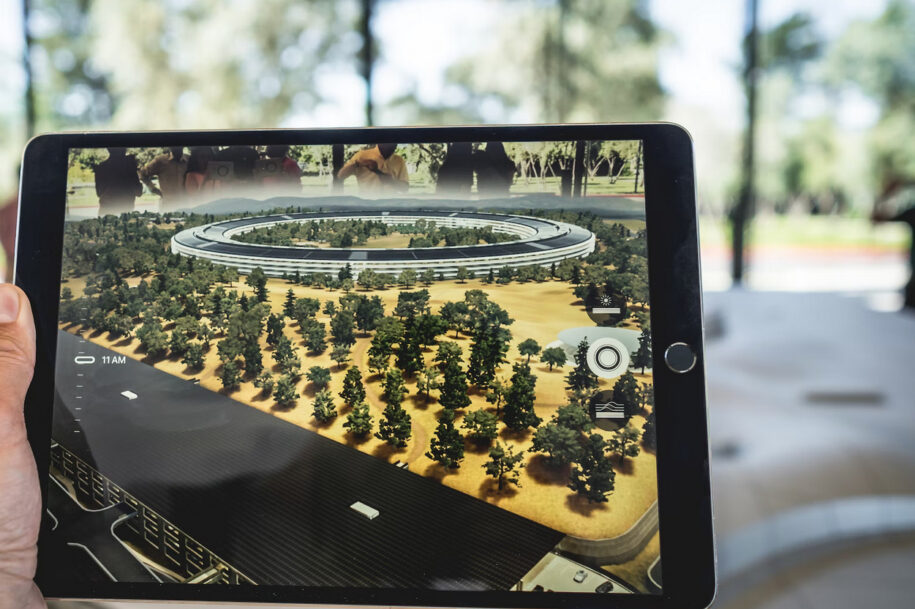In today’s competitive landscape, small and medium businesses face many challenges when it comes to connecting to customers in new and innovative ways.
But with all these challenges, why should small and medium businesses consider using augmented reality as part of their overall marketing strategy?
First and foremost, consumers are moving towards digital experiences as their first choice in generally all regards. And while convenience is a big part of that transition and preference, it’s also due to limitations on the physical experience today.
Augmented reality (or AR for short) can help combat these challenges in few different ways.
How AR helps with business challenges
One of the more practical uses for AR is to help businesses more quickly onboard and train new employees. This is particularly true with labor shortages being a front and center challenge for many companies today.
AR can also help brands communicate the value of products and services to consumers in interactive and innovative ways.
And lastly, AR can delight and entertain the consumer, making their experience with your product or brand that much more enjoyable.
In today’s day and age, all SMBs are competing for talent. And upon acquiring talent, businesses are then responsible for training new employees and figuring out how to quickly onboard them, while providing the necessary resources to keep these employees engaged.
For most businesses, if there is one expert in a particular field, that one person has to take the time to train and onboard new employees.
But in tomorrow’s world, businesses could leverage augmented reality in new ways to train employees interactively and without the need to utilize staff resources and time.
Communicating value to consumers
Communicating the value of products and services can also sometimes be a big challenge for businesses. Often small businesses rely on their website, print pieces, or other advertising and social media to educate consumers about their products and services.
But what if consumers could experience your product or service prior to making a purchase?
How this could work
Using the example of a home remodeling business, let’s say you’re the owner and you have a customer who is wanting to replace some windows in a living room.
Using AR, you could show the customer what different types of windows would actually look like in the living room using the overlay of digital images.
This way, consumers can see and experience what the windows would look like in real life, all without the need for a sales pitch, thereby creating lasting value.
So, what are some ways augmented reality could be used in your own business?


Leave a Reply
You must be logged in to post a comment.